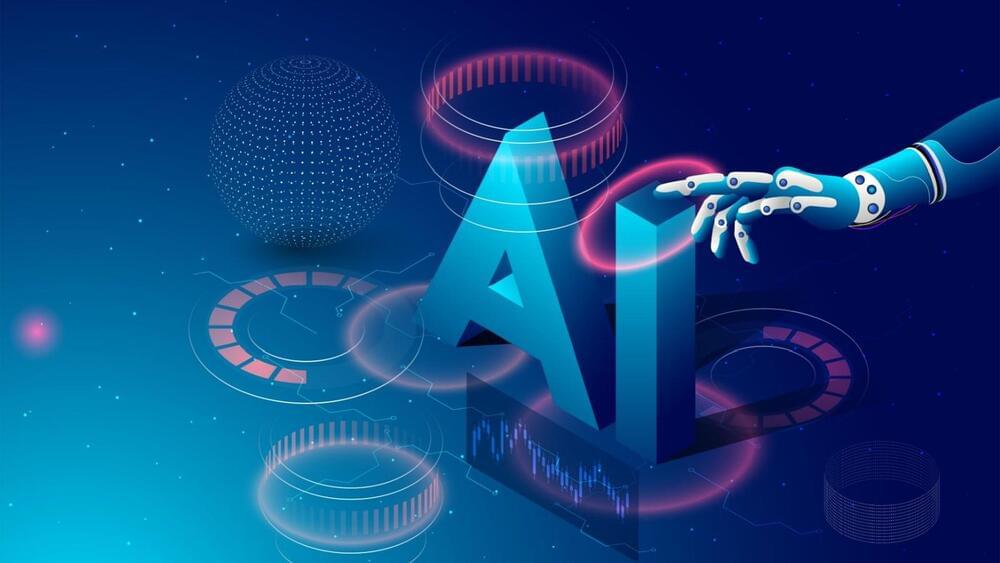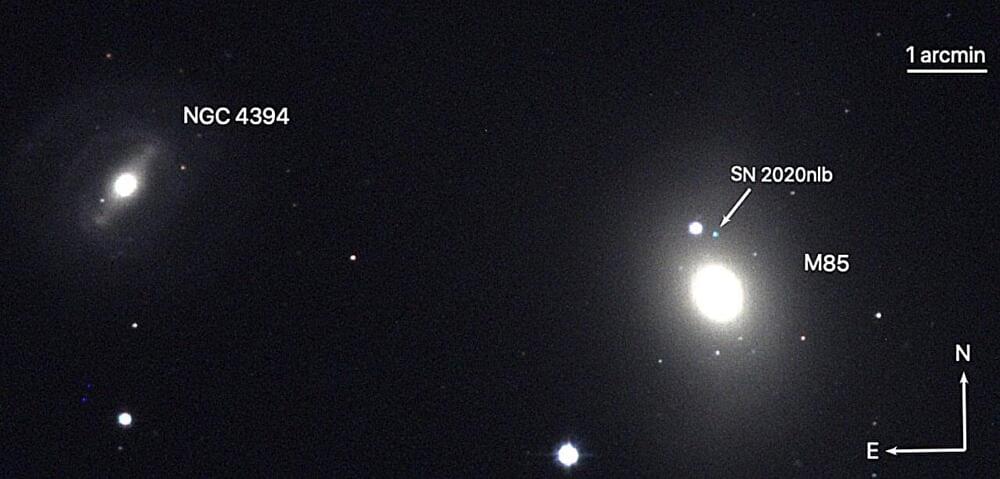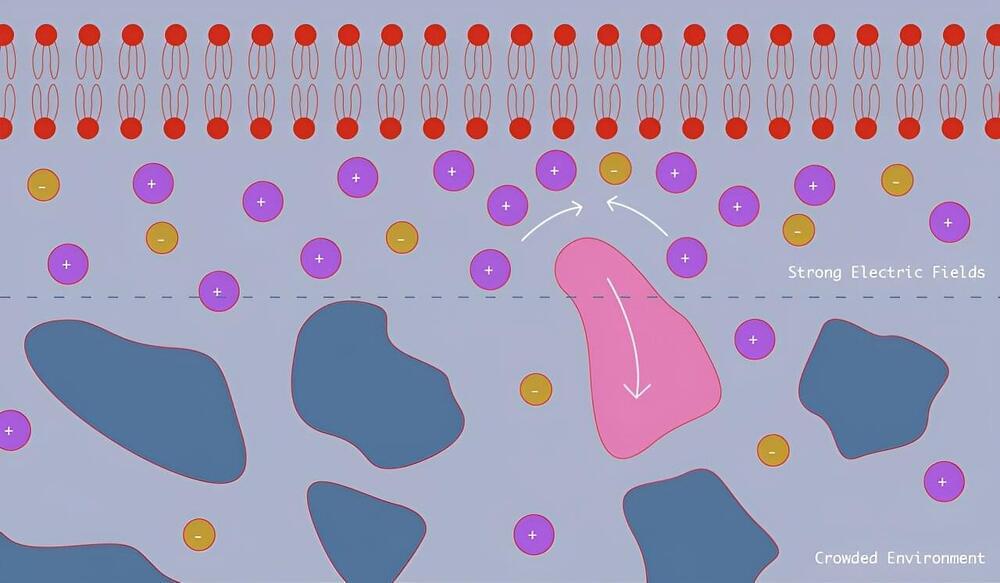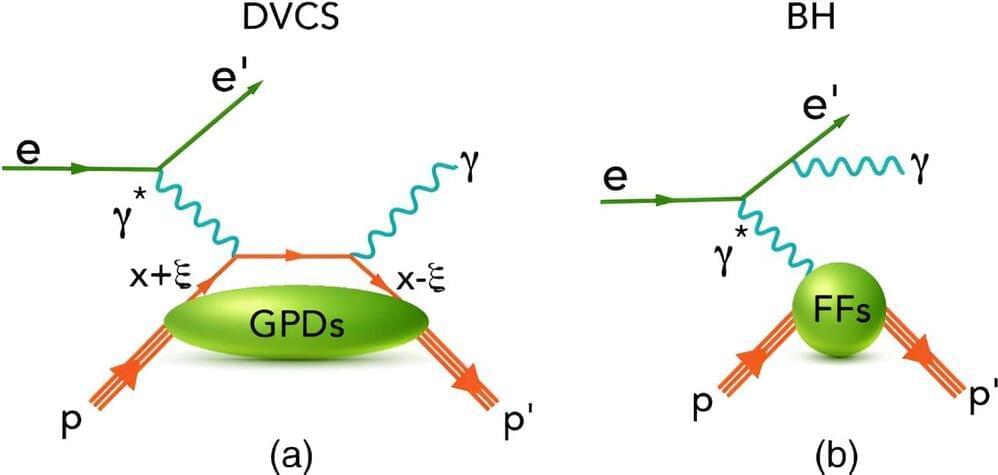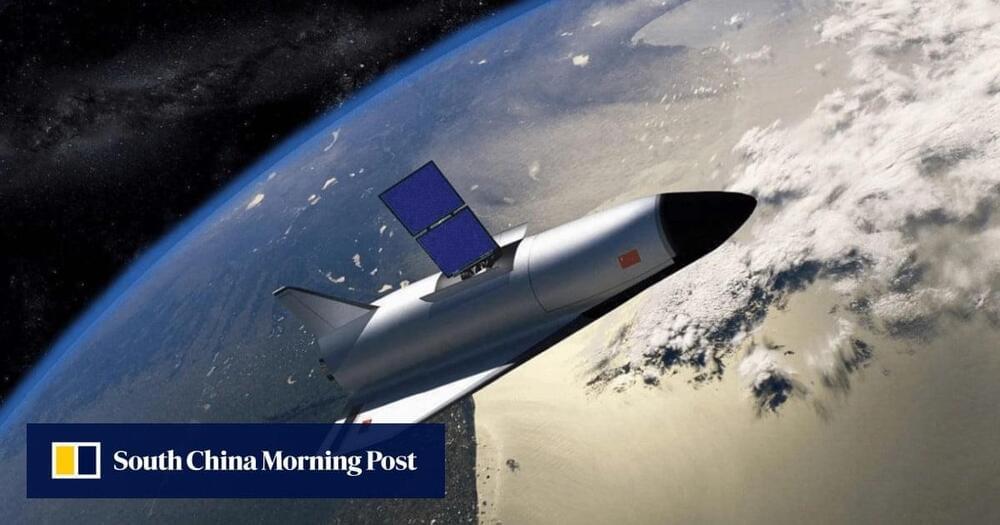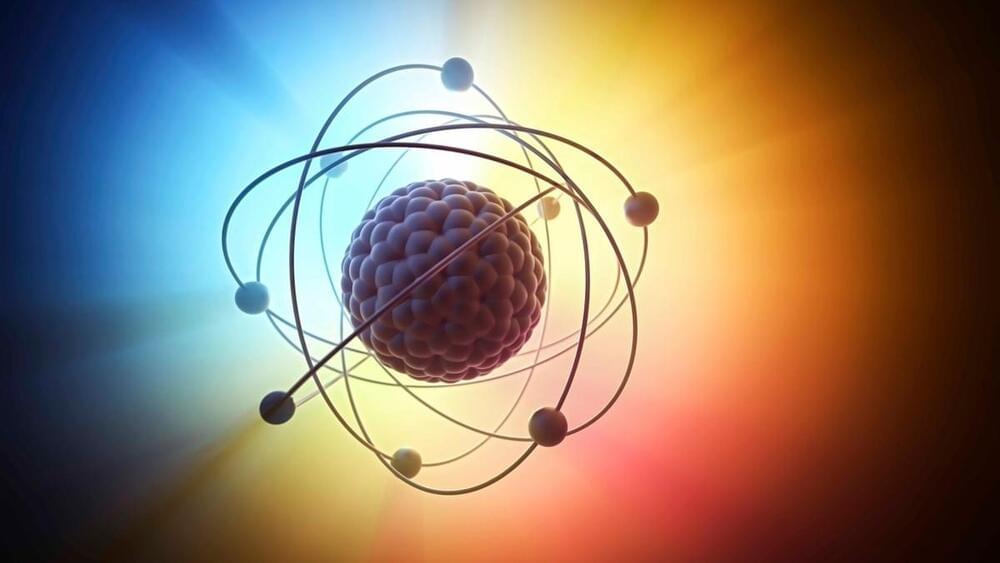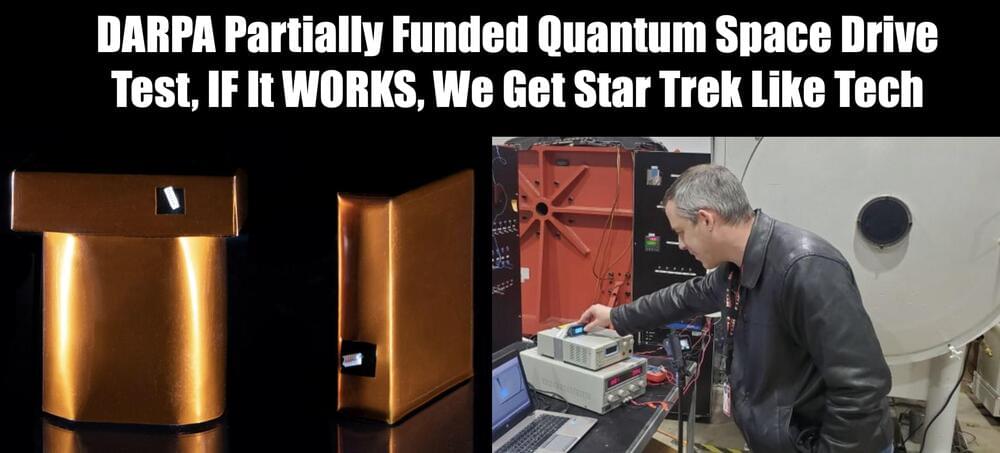
This image from the NASA/ESA/CSA James Webb Space Telescope features an H II region in the Large Magellanic Cloud (LMC), a satellite galaxy of our Milky Way. This nebula, known as N79, is a region of interstellar atomic hydrogen that is ionized, captured here by Webb’s Mid-InfraRed Instrument (MIRI).
N79 is a massive star-forming complex spanning roughly 1,630 light-years in the generally unexplored southwest region of the LMC. N79 is typically regarded as a younger version of 30 Doradus (also known as the Tarantula Nebula), another of Webb’s recent targets. Research suggests that N79 has a star formation efficiency exceeding that of 30 Doradus by a factor of two over the past 500,000 years.
This particular image centers on one of the three giant molecular cloud complexes, dubbed N79 South (S1 for short). The distinct “starburst” pattern surrounding this bright object is a series of diffraction spikes. All telescopes that use a mirror to collect light, as Webb does, have this form of artifact that arises from the design of the telescope.
